Gas vs Wood Pizza Oven: Which One is Perfect For You?
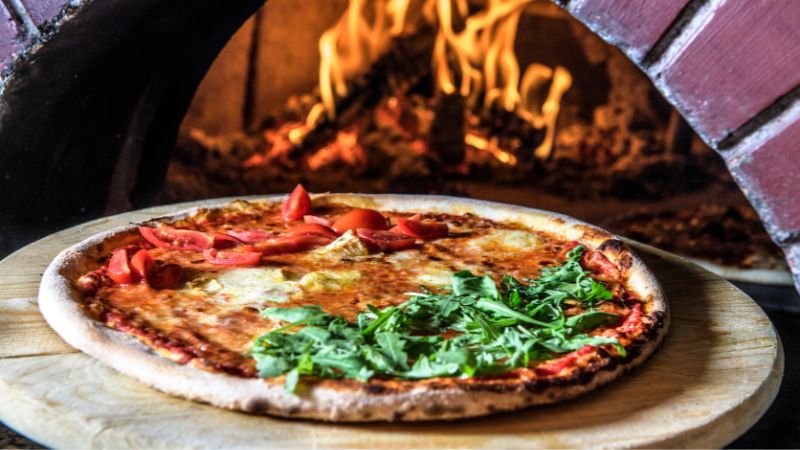

When choosing a pizza oven, you have two main options: gas pizza ovens and wood-fired pizza ovens. Each type offers unique features that can affect your cooking experience and the final taste of your pizza. In this article, Pizzello will introduce you to how to choose between a gas-fired oven and a wood fired pizza oven to help you make your best pizza ever.
Here is a chart for you to make a quick comparison:
|
Feature |
Gas Ovens |
Wood Ovens |
|
Energy Efficiency |
More efficient |
Less efficient |
|
Safety |
Safer; no fumes or sparks |
Potential fire hazard: produces smoke |
|
Installation |
Requires professional installation |
Can be DIY installed |
|
Convenience |
Easy to start and adjust temperature |
Requires constant attention and wood addition |
|
Maintenance |
Low maintenance |
Regular cleaning of soot and ash is required |
|
Aesthetics |
Modern look, less authentic feel |
Rustic appearance, traditional ambiance |
|
Flavor |
Clean taste |
Adds smoky flavor to food |
|
Heating Time |
Faster preheat |
Longer preheat, especially for separate fire chambers |
|
Temperature Control |
Precise and easy to adjust |
More challenging to control |
|
Cooking Performance |
Consistent heat, good for most pizzas |
Excellent for high-heat, crispy-crust pizzas |
|
Versatility |
Limited to pizza and some baking |
It can be used for various cooking methods |
|
Environmental Impact |
Burns cleaner but uses fossil fuels |
Renewable fuel source, but it produces smoke |
What are a Gas Pizza Oven and a Wood-Fired Pizza Oven?
Gas pizza ovens use gas as the primary fuel source, typically either propane or natural gas, while wood-fired pizza ovens use wood as their fuel source and are known for reaching high temperatures, sometimes up to 900 degrees Fahrenheit.
How to Choose Between Gas and Wood Fired Pizza Oven?
Cost Considerations
Gas-fired pizza ovens usually have a higher initial investment compared to wood-fired ovens. However, in Pizzello, you can get a decent gas pizza oven for just $184.99!

Although you need to pay for gas, operational costs remain moderately low.
Furthermore, gas fired pizza ovens often have a longer lifespan and require less maintenance.
In contrast, wood fired pizza ovens tend to be cheaper initially. In Pizzello, you can get one with just $129.99.

Flavor Considerations
Gas pizza ovens are known for their consistent heat distribution. This means your pizza will cook evenly, which is great for getting a uniformly cooked crust and toppings. The flavor from a gas oven is very clean, allowing the natural taste of the ingredients to shine.
Wood-fired pizza ovens deliver an authentic, smoky flavor that many pizza enthusiasts adore. The wood smoke infuses the crust and toppings, creating complex taste sensations you can't get from a gas oven.
Functionality and Control Considerations
Gas pizza ovens provide easy temperature control. There's usually a heat control dial so that you can adjust the temperature with ease.
Gas ovens also heat up quickly, reaching high temperatures faster than wood-fired ovens. This makes them convenient when you don’t have much time.
Wood-fired pizza ovens offer a unique cooking experience. Managing the temperature involves adding and arranging wood to control the fire. This requires more attention and skill compared to gas ovens.
Plus, installing a wood-fired pizza oven might also require additional accessories like a pizza peel or a fire starter.
Cleaning and Maintenance Considerations
Gas pizza ovens are generally easier to clean than wood-fired ovens. The main reason is that gas burns cleaner, which means less soot and ash. After using a gas oven, you typically only need to wipe down the interior surfaces and clean any grease or food drips.
Some gas ovens have removable parts, like racks and trays, making cleaning even more straightforward.
Wood-fired pizza ovens require more attention. It's important to use seasoned wood to minimize soot and ash. Regular cleaning involves removing these residues to keep your oven efficient and reduce the risk of flame.
Space and Location Considerations

Installing in Your Home and Backyard
Gas ovens are usually easier to install and take up less room. They often come in portable models that can fit on a countertop or a small cart. This makes them great for smaller yards, patios, or even balconies. Gas ovens don’t need a lot of extra space for fuel storage, so they’re more compact.
Wood-fired ovens are larger and need more planning. You’ll need enough room for the oven itself and a place to store firewood. These ovens can be quite heavy, so you'll need a sturdy base. They are best for larger outdoor spaces.
Installing in Commercial Space
Gas pizza ovens are often more fuel-efficient and easier to manage.
Commercial wood-fired ovens need careful planning. You’ll need adequate ventilation to deal with smoke and ash, as well as a larger cooking area. This means you’ll need more space not just for the oven but for storage and maintenance, too.
Frequently Asked Questions
How does the taste of pizza from a wood oven compare to that from a gas oven?
Pizzas cooked in a wood oven have a smoky, rich flavor that many people find appealing. The burning wood adds a unique taste that gas ovens can't replicate. Gas ovens can still produce delicious pizzas but lack that specific smoky character.
What are the benefits of using a wood pizza oven over a gas pizza oven?
Wood pizza ovens can reach higher temperatures compared to gas ovens. This helps in making pizzas with a crisp and bubbly crust. The wood fire also adds an extra layer of flavor. Wood ovens are ideal for those who enjoy a traditional and hands-on cooking experience.
Can you use a wood and gas pizza oven for commercial purposes?
Yes, both wood and gas pizza ovens are used in commercial settings. Wood ovens are often used in specialty pizza places that focus on an artisan experience. Gas ovens are more common in restaurants that need consistent and quick cooking. Both types have their own advantages in a commercial kitchen.
What should I consider when choosing between a gas and wood-fired pizza oven?
Consider the kind of flavor you prefer. If you enjoy a smoky taste, a wood oven is the way to go. Think about practicality too. Gas ovens are easier to control and require less maintenance. Space and budget are also important factors. Wood ovens can be larger and more expensive to install.
How do gas pizza ovens stack up against wood ovens in terms of cooking efficiency?
Gas pizza ovens are generally more efficient and easier to use. They heat up quickly and maintain a stable temperature. With a gas oven, you can focus more on cooking rather than managing the fire. Wood ovens take longer to heat up and need constant attention, but they offer a unique cooking experience.
Are there any pizza ovens that can use both gas and wood for fuel?
Yes, there are hybrid pizza ovens available that can use both gas and wood for fuel. These give you the flexibility to enjoy the convenience of gas and the rich flavor of wood.


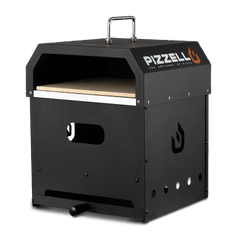
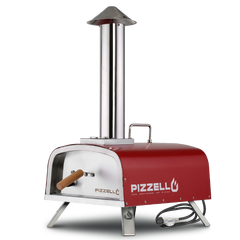
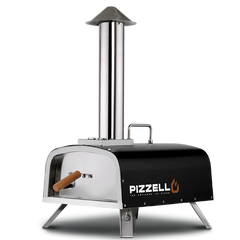
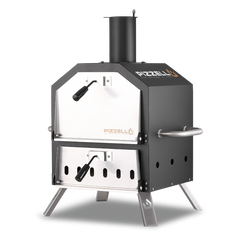



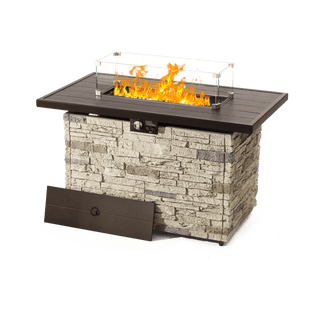
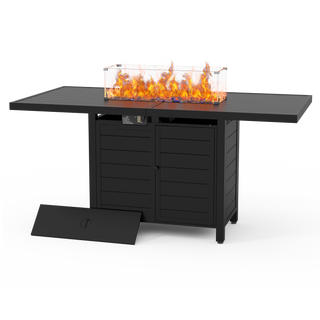
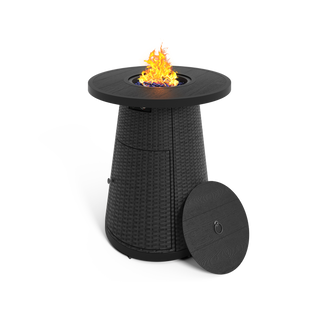

 Aluminum Dining Table
Aluminum Dining Table
 WPC Dining Table
WPC Dining Table
 HDPE Dining Table
HDPE Dining Table
 Cart
Cart
 Gas Burner
Gas Burner
 Hat
Hat
 Apron
Apron
 Swivel Rocker Set
Swivel Rocker Set
 Textilene Chairs
Textilene Chairs
 HDPE Chairs
HDPE Chairs
 Wicker Counter Height Barstools
Wicker Counter Height Barstools
 Metal Counter Height Barstools
Metal Counter Height Barstools


























